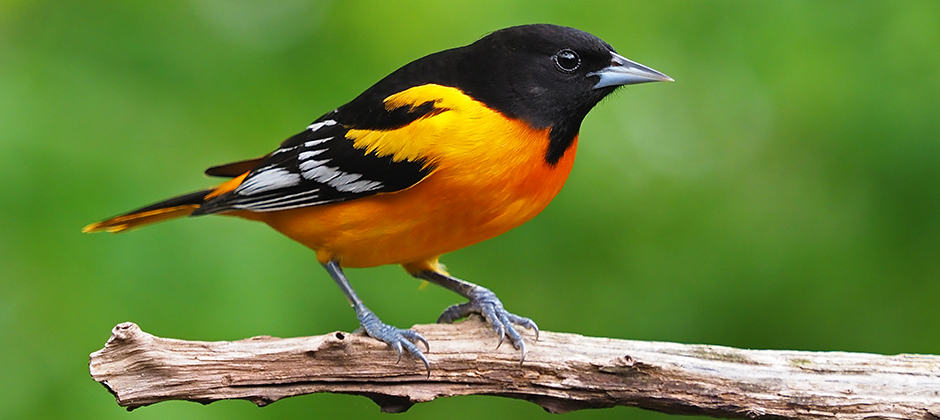Share this article
Bird numbers drop 3 billion since 1970
Spring bird numbers have dropped by nearly one-third in the past 50 years in the U.S. and Canada, according to new research.
“What we found was staggering and depressing all at once. Basically we had a net loss of close to 3 billion birds,” said Peter Marra, director of the Georgetown Environment Initiative and Laudato Si’ Professor of Biology and the Environment at Georgetown University and one of the co-authors of the study published today in Science.
He and his co-authors from a number of organizations in the U.S. and Canada examined five decades of citizen science data from the North American Breeding Bird Survey, coordinated by the U.S. Geological Survey and the Canadian Wildlife Service; the Audubon Christmas Bird Count; and the International Shorebird Survey conducted by the conservation nonprofit group Manomet.
They found that in 1970, an estimated 10 billion birds were in the U.S. and Canada at spring breeding time. Since then, the number has dropped by about 3 billion, with 90% of the declining birds belonging to just a few widespread families, including sparrows, warblers, finches and swallows.
Grassland bird numbers alone were reduced by 53%, or a loss of more than 720 million birds since 1970. Shorebird numbers dropped by about a third. A large diversity of other species also experienced losses.
While birds were the focus of the paper, Marra said, the falling numbers of birds is caused by the decline of suitable habitat. While non avian species weren’t the focus of this research, habitat loss can affect other wildlife as well.
“Collectively, this speaks volumes to the health of our environment,” he said. “It’s decaying. And this is also the environment that we depend on as humans.”
In addition to habitat loss, predation from free-roaming domestic cats (Felis catus), window collisions and other human-caused issues also affected the birds.
The loss of birds may have impacts throughout ecosystems, Marra said, including the loss of critical environmental services such as pollination and pest control. “These birds are thousands of years in the making and yet we’re still treating them like they’re worthless when, in fact, they’re priceless,” he said. “We have a moral and ethical obligation to protect these birds.”
Waterfowl and raptors were mostly absent from the declines. Both received protections, including the banning of insecticides like DDT, that have aided their populations since 1970, Marra said, and similar protections could help other species.
“When we act, we can reverse these declines,” he said. “It’s up to humans to decide if this is going to continue.”
TWS is working with partners to advance the Recovering America’s Wildlife Act, to help state and tribal agencies address at-risk species.
Header Image: A Baltimore oriole (Icterus galbula). A new study estimates spring bird numbers have dropped by 29% since 1970. ©Gary Mueller, Macaulay Library at Cornell Lab of Ornithology








